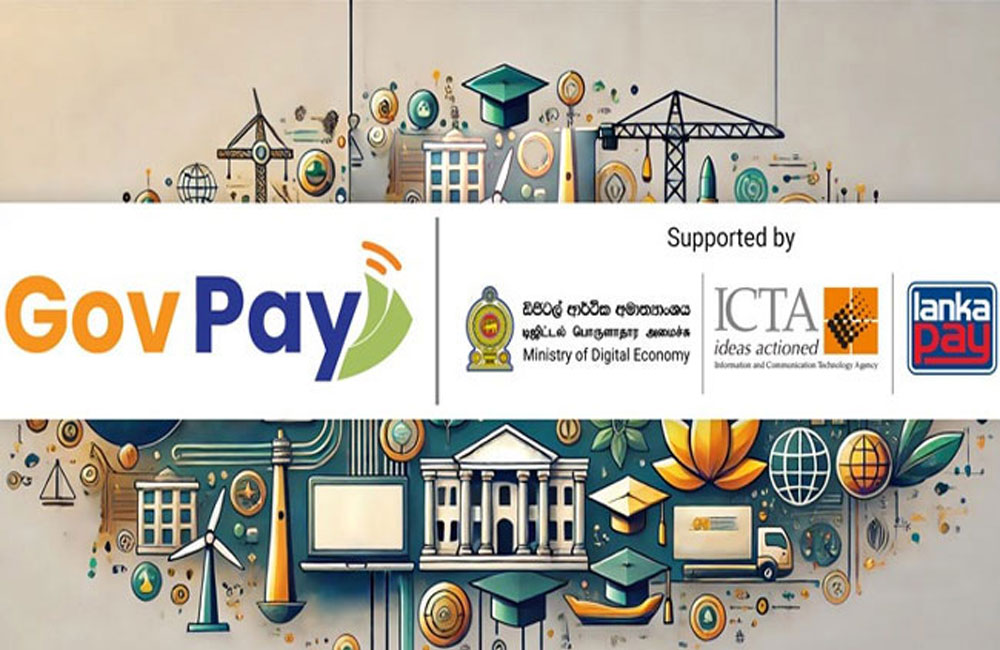The GovPay digital payment platform launched in February 2025 by the Information and Communication Technology Agency (ICTA) has already onboarded 170 government institutions and processed payments exceeding Rs 400 million within its first eight months of operation.
At a press conference yesterday, Board member Harsha Purasinghe revealed that the rollout for spot traffic-fine payments via the platform in the Southern Province is underway, with over 400 mobile devices distributed to police stations to facilitate collection. He added that rollout to the Northern Province is next, and full national coverage is expected by year-end.
In the Western Province alone the system has processed nearly Rs 30 million from approximately 20,000 traffic violations. Phase two of GovPay will introduce a demerit-points mechanism for motorists, in coordination with the Department of Motor Traffic and the Department of Posts.
The broader digital payments ecosystem in Sri Lanka is showing remarkable momentum. According to the Central Bank of Sri Lanka (CBSL), Sri Lanka’s daily digital-transaction volume stands at about 1.65 million and the bank aims to push that to 2.15 million daily.
Meanwhile, digital transactions surged by 45 % in 2023 underscoring growing consumer trust.
GovPay is also part of a larger push to build a “digital revenue economy” where government services, payments and collections are streamlined and cash usage reduced.
Over the next 4-5 years, the platform is expected to generate roughly Rs 1 trillion (≈USD 3.3 billion) in revenue via reduced leakage and improved collection efficiencies.
While detailed statistics comparing the first nine months of 2025 to the same period in 2024 are not yet publicly disaggregated per sector, the digital payments infrastructure is clearly advancing. Key enablers such as the Common Electronic Fund Transfer Switch (CEFTS) support 24/7 real-time transfers among banks, enabling the digital-payments expansion.
Economic observers say the benefits could be substantial: greater transparency in public-fund flows; faster revenue collection for infrastructure and public services; and stimulus to fintech and e-wallet markets which in turn drive financial inclusion. The government’s target to lift the digital economy’s contribution to GDP from current single-digit levels to 10-15 % over the next decade is anchored on platforms like GovPay.
In sum, Sri Lanka’s GovPay initiative marks a crucial step in the nation’s pivot to a cash-light economy. With institutional commitment, supportive infrastructure and growing user adoption, the platform could meaningfully impact both governance and growth provided rollout remains on schedule and interoperability challenges are addressed.

Leave your comments
Login to post a comment
Post comment as a guest